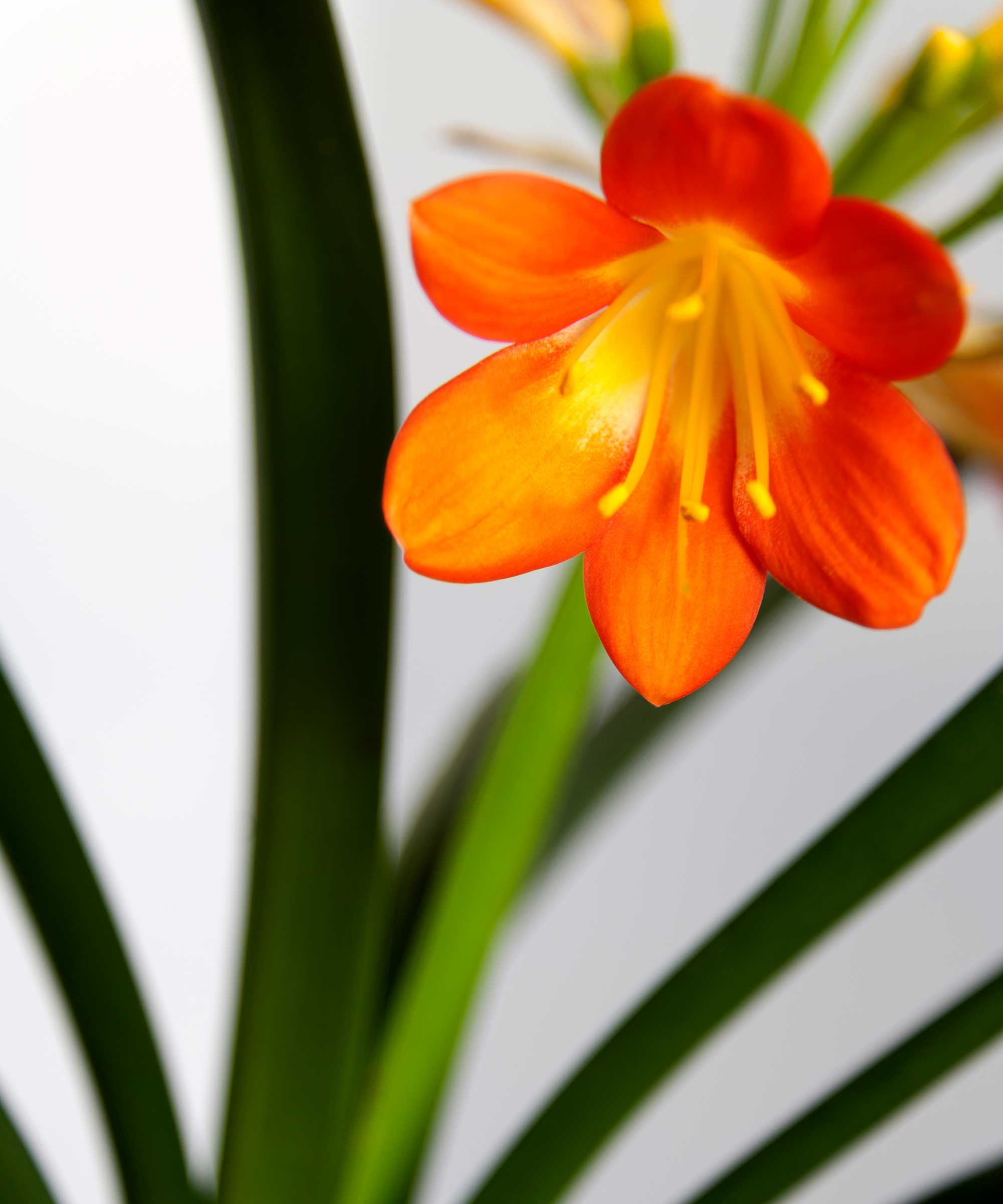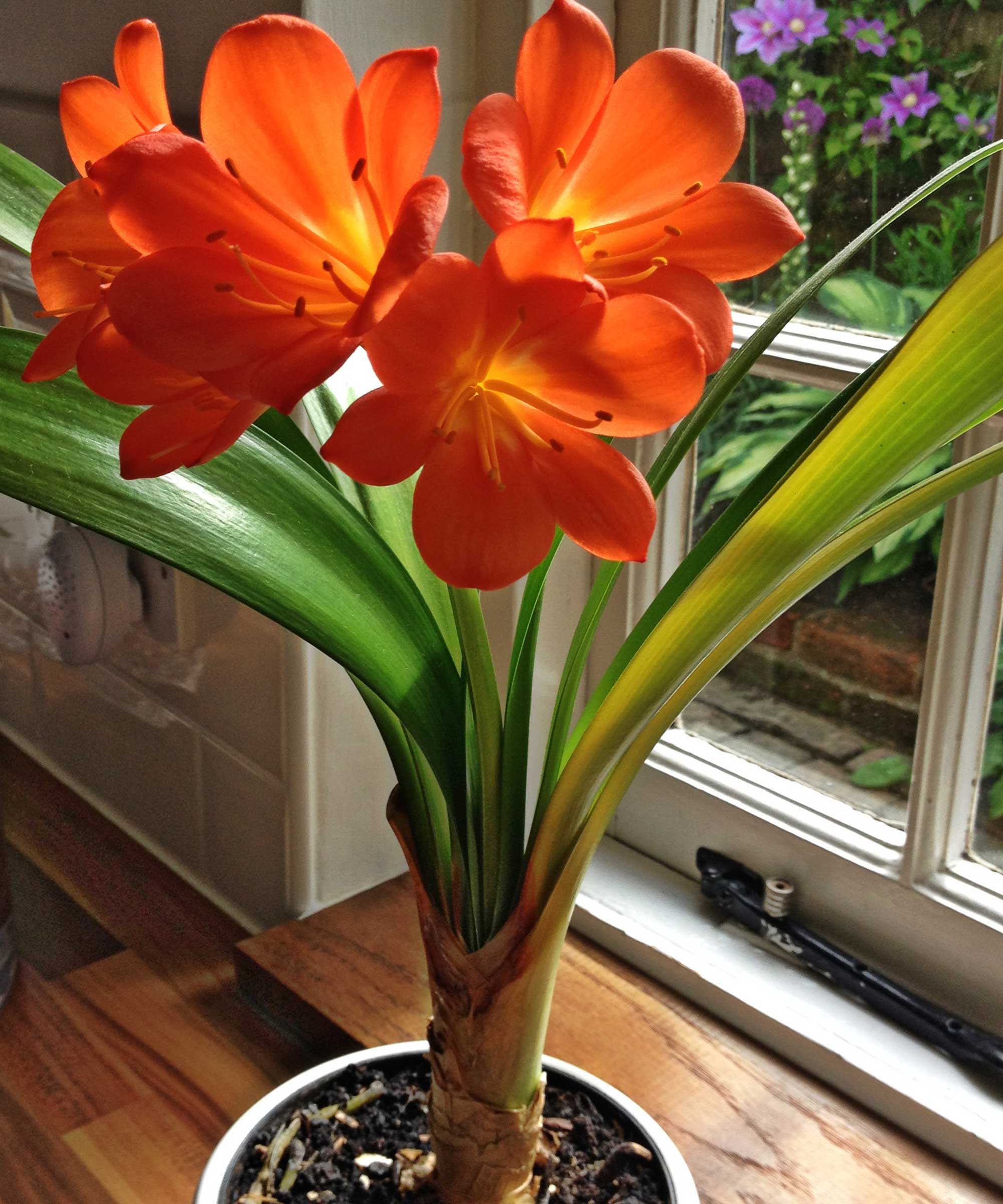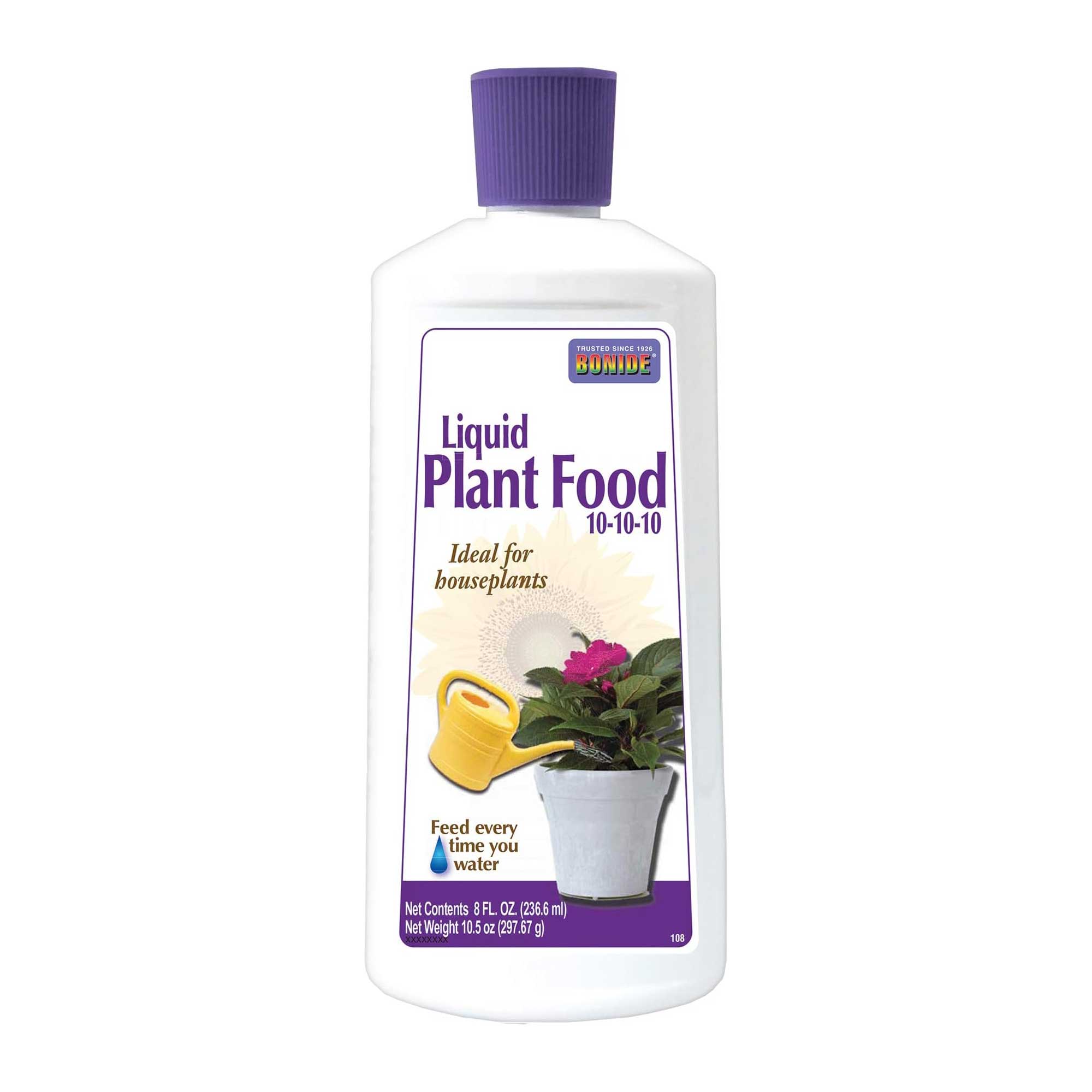How to grow a clivia plant – essential tips for these fabulous flowering houseplants
Plant-care professionals share advice on caring for clivias indoors, including guidance on watering and getting them to bloom


Q: A friend recently gave me a clivia plant, which I've put in my conservatory. I'm not sure how to look after it – do you have any advice?
A: Clivias are beautiful flowering houseplants hailing from South Africa. Their trumpet-shaped blooms in fiery hues brighten a home during the warmer months, and they're easy to look after.
Like any indoor plant, there are a few things to remember to keep clivias looking their best. Below, the experts share their insights, including tips on temperature. Do note, too, that these plants are poisonous, so keep them safely out of reach from pets and handle them with gardening gloves.
Get the temperature right

Clivias have colorful blooms in spring and summer
Clivias like moderate indoor temperatures of 60 to 75°F during their growing season (in spring and summer), according to Kiersten Rankel of plant-care app Greg. 'In fall and winter, a cooler period of 50 to 55°F for a couple of months can help trigger blooming,' she adds.
Always remember to protect houseplants from central heating, as well as from cold drafts and air conditioning vents.
This highly-rated Bluetooth thermometer from Govee at Amazon will help you get the balance right.

Kiersten Rankel is a certified Louisiana Master Naturalist and regularly volunteers with local community gardens and nonprofits to help restore critical ecosystems along the Gulf Coast. She earned her master's degree from Tulane University in Ecology and Evolutionary Biology after her undergraduate degree in Environmental Biology, also from Tulane. In her spare time, she enjoys hiking and tending to her 150+ houseplants and vegetable garden.
Only water when needed

Soggy soil can cause problems for these plants
Justin Hancock of Costa Farms says clivias are relatively drought tolerant, noting how it's best to let them stay too dry rather than too wet.
They prefer to dry out slightly between waterings, adds Kiersten. During the growing season, she recommends watering them every week or so, depending on how quickly the soil dries out. In the dormant period (fall and winter), she suggests reducing watering to typically once every three or so weeks.
'Always use well-draining soil and pots with drainage holes to prevent root rot,' she adds.

Justin Hancock is a Costa Farms horticulturist with over 25 years in the industry. A plant enthusiast and educator, he has a degree in horticultural science and has worked in garden centers and botanical gardens, as a garden designer, and in garden publishing. He has experience gardening across the country, from Minnesota to Oregon to Miami. Justin is also co-host of the Costa Farms podcast Plant Rx.
Keep the light bright

Bright, indirect light is ideal
'To help encourage good growth and flowering, give it bright light,' says Justin. 'Keeping it within about three feet of a good-sized east- or west-facing window is ideal.
'It tolerates medium light levels well, though, so you can keep it farther from a window,' he adds, but notes how this might reduce blooming.
Be wary of direct sunlight, however. According to Kiersten, too much of this can scorch the plants' leaves.
Getting a clivia to flower indoors
'Encouraging a clivia to flower indoors requires mimicking its natural growing cycle,' says Kiersten. This is similar to helping a Christmas cactus bloom. As mentioned above, you'll want to reduce watering and give it a period of slightly cooler temperatures in the fall and winter months.
'Proper fertilization also helps,' Kiersten adds. 'Feed with a balanced fertilizer every two to three weeks during the growing season.'

This 10-10-10 formula is ideal for feeding indoor plants. Simply dilute with water before applying.
FAQs
What are some common problems when growing clivias indoors?
Common problems with clivias include yellowing leaves and root rot, lists Kiersten. Yellowing leaves are often a sign of overwatering, she notes. This can be the cause of yellowing snake plant leaves, too. 'Root rot can also occur if the plant sits in waterlogged soil. Always empty saucers and avoid pots without drainage.'
Justin also warns of common houseplant pests – particularly spider mites and mealybugs. 'These pests can be treated with an insecticide or insecticidal soap,' he says.
Should you deadhead a clivia?
Yes, you can deadhead the flowers using a clean pair of pruners to neaten up your plant. Simply remove the entire flower stem. Remember to wear gardening gloves, to protect your hands from the irritant sap.
If you're looking for more advice on beautiful flowering houseplants, our guides on African violets and orchids may help.
Sign up to the Homes & Gardens newsletter
Design expertise in your inbox – from inspiring decorating ideas and beautiful celebrity homes to practical gardening advice and shopping round-ups.

Holly started writing about gardening five years ago, and she is a regular contributor to Homes & Gardens. She has also written many gardening features for Woman & Home and Real Homes, too. She has previous experience as a professional gardener, where she helped to plant and maintain private gardens. Holly has also looked after allotment plots over the years and loves to grow her own flowers and veggies from seed. In her spare time, she enjoys visiting local gardens, botanical drawing, and tending to her ever-growing collection of houseplants.
-
 Want to make your home look more charming? These 4 Benjamin Moore exterior shades will up your curb appeal
Want to make your home look more charming? These 4 Benjamin Moore exterior shades will up your curb appealIf you're on the prowl for a new shade to try for the outside of your home, Benjamin Moore has unveiled its most 'charming' colors
By Sophia Pouget de St Victor
-
 There's a rustic cottage hiding on Wayfair – it may seem unorthodox, but this tiny home taps into a growing nomadic trend (and it's under $16K)
There's a rustic cottage hiding on Wayfair – it may seem unorthodox, but this tiny home taps into a growing nomadic trend (and it's under $16K)This 'wonderful' wooden farmhouse perfects a growing trend that's changing how we see our homes – it's tiny, but somehow, it doesn't sacrifice comfort
By Megan Slack